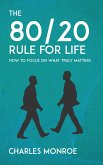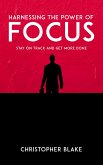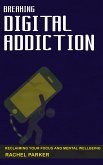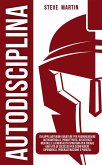The book stands out by blending interdisciplinary insights-from cognitive science to architecture-into actionable steps. It divides its approach into three parts: explaining the neuroscience of attention, detailing methods like "attention anchoring" (using sensory cues to refocus), and crafting personalized routines. A unique feature is its diagnostic framework, helping readers identify specific focus challenges-like impulsivity or sensory overload-and match them to targeted fixes. For example, it connects chronotypes (natural energy peaks) to optimal task scheduling, arguing that aligning work with biological rhythms boosts deep focus.
Written in clear, jargon-free language, Focused Mind Techniques balances scientific rigor with practicality. Chapters build from theory to exercises, such as breathwork to suppress distracting brain activity or redesigning environments to minimize cognitive drag. By emphasizing incremental habit changes over drastic overhauls, it provides a realistic path for anyone-from students to professionals-to strengthen mental resilience in an age of constant distraction.
Dieser Download kann aus rechtlichen Gründen nur mit Rechnungsadresse in A, B, BG, CY, CZ, D, DK, EW, E, FIN, F, GR, H, IRL, I, LT, L, LR, M, NL, PL, P, R, S, SLO, SK ausgeliefert werden.









